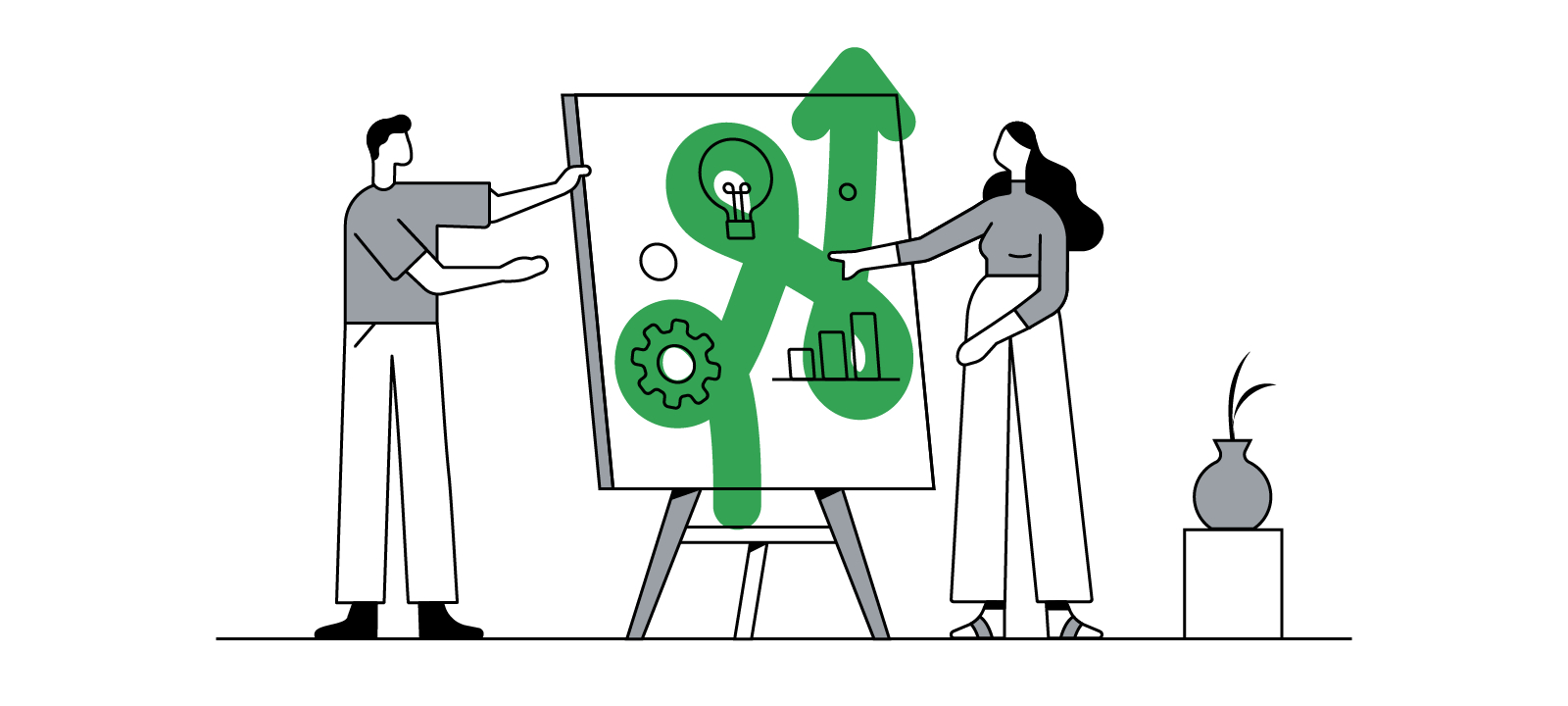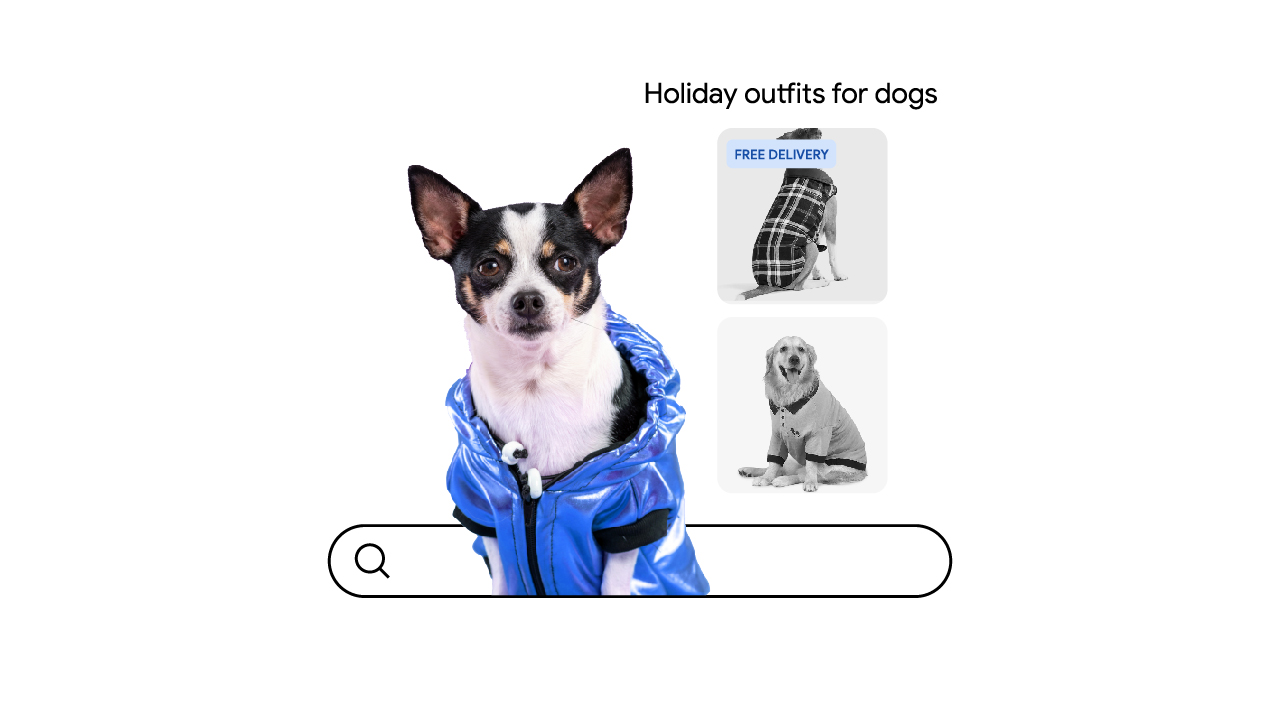
In a constantly evolving landscape, it’s increasingly clear that brands need to be agile and ready to adapt to change — both locally and globally.
Understandably, in times of uncertainty, the initial instinct of marketers might be to pause their marketing efforts or resist adjusting existing strategies simply to maintain stability.
However, during the pandemic, we saw that brands that stepped outside their comfort zone to adopt an experimental mindset benefited from growth in new business opportunities.
With machine learning, automation, and access to new data, taking an experimental approach is less of a risk, and more of an opportunity to test and learn, to make calculated decisions for positive business impact.
Here, we look at three ways in which brands have set courses for experimentation using data and proven results to guide them in making changes, and how this helped brands optimize and capture changing consumer sentiment.
1. Stay nimble: Start small; react quickly
It’s crucial to react in a timely manner to capture changing consumer demand. Having the agility to test and learn quickly — and often — can help brands find the best strategies.
However, veering away from tried-and-tested methods can be daunting. So rather than going all-in with a new strategy, start small with one experiment. If the experiment is successful, you can then roll it out to other campaigns at scale.
Take online travel agency Trip.com. With borders shut and countries in lockdown, the travel industry faced immense pressure. With reduced travel-related search queries, the brand had to find a way to respond to new consumer demands. To maintain control over its search advertising budget and performance, the brand chose manual bidding.
However, choosing to manually optimize its campaigns did not provide the agility to react to sudden changes in customer demands. To find a better way to deal with volatility in search queries, Trip.com quickly set up an experiment to test if smart bidding, leveraging automation, could drive better performance.
The test was conducted in Taiwan, with a focus on domestic travel, where it observed a climb in demand for staycations.
In times of turbulence, marketers can harness the power of automation to make sense of varying consumer and contextual signals and optimize campaigns in real-time.
The target cost-per-action smart bidding experiment unlocked scale and efficiency for Trip.com, with the brand achieving a 3.6X increase in hotel bookings at a 69% lower cost per booking. With the success of this new strategy, Trip.com decided to scale smart bidding across other markets in the region.
By testing and learning to adapt to changing consumer demand, brands can start a smaller-scale experiment at any time without additional investment.
2. Don’t be afraid to challenge the status quo
It’s tempting to keep to old habits and strategies. Brands are often gravitating toward the strategies companies know will work and can easily be plugged into their existing media mix models.
But a crisis means new challenges, and new challenges need to be tackled with new strategies.
Malaysian online marketplace, Mudah.my was already familiar with video advertising on YouTube. However, when the brand wanted to spread the word about its first ever-digital Ramadan bazaar in 2020, set up to support local small and medium businesses (SMBs), it faced resource and budget constraints.
The brand realized it had to find a more efficient way to allocate its budgets while still reaching as many customers as possible. So it tested out a Video Reach Campaign, which included six-second bumper and skippable ads, using automation to help serve the best ad to the right user, at the right time, and more cost-effectively.
As a result, the campaign achieved a 17% increase in unique reach compared to campaigns that were set up manually.
A crisis presents an opportunity to review what you’re doing, and spot ways to optimize your approach even further. According to the World Economic Forum’s 2020 report, COVID-19 is pushing as many as 50% of companies to accelerate their automation approach. Automation and machine learning tools can help free up time and resources for any brand’s most valuable resource — its people. So don’t be afraid to shake things up and test new strategies.
3. Take advantage of evolving trends
While some trends are short-term, there are many others that can have a lasting impact on consumer expectations. Some pivots from the pandemic that became permanent include a greater shift towards online shopping, as well as people expecting more relevant shopping experiences.
The e-Conomy SEA 2020 report showed that 9 in 10 new digital-service users in Southeast Asia will continue using online services post-COVID-19, suggesting that now is the time to lean into timely testing of new digital strategies based on consumer signals.
With a shift from offline to online purchasing accelerated by pandemic lockdowns, consumer-packaged goods brands like Mentholatum, which relied on brick-and-mortar stores for sales, were faced with a sudden, urgent need to pivot to online sales.
With a strong belief in testing and learning, Mentholatum experimented with a new strategy — expanding its limited search campaign into a cross-channel digital strategy, using video and discovery ads, that could help it reach more new potential customers online.
By showing up where its customers most frequently browsed, the brand experienced a 92% increase in online sales. The product even went out of stock shortly after the experiment was launched. By tapping into new trends, Mentholatum uncovered new business opportunities for long-term growth.

There are many trends that are here to stay. As marketers, it’s crucial to rethink how to incorporate shifting consumer expectations into new strategies.
As the world continues to change, so must brands. Experimentation helps determine — through actual data — the best way to connect with your consumers. Experimenting helps uncover untapped opportunities to be more efficient, enabling brands to optimize through a crisis. While we can’t predict the future, by experimenting, we are more prepared for whatever tomorrow brings.







